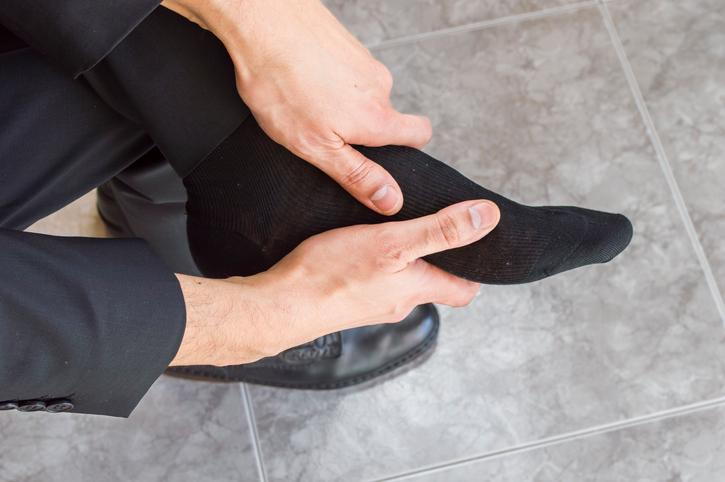Preventing Plantar Fasciitis
posted: Feb. 02, 2017.

Following our previous blog wherein we talked about plantar fasciitis and what it is, we are now directing our focus on how we can prevent the occurrence of plantar fasciitis.
Plantar fasciitis is common in obese people and in pregnant women. This is perhaps due to their extra body weight overloads the delicate plantar fascia. Remember, it is the largest ligament in the body found in the sole of the foot. It is also more common in people with diabetes – although the exact reason for this is not known.
Plantar fasciitis can also be triggered by physical activities that cause the fascia to overstretch such as sports (running, volleyball, tennis), other exercises (stair climbing, step aerobics) or household exertion (pushing a large appliance or furniture). In athletes, plantar fasciitis may follow intense training – especially in runners who push themselves a little too quickly to run longer distances.
Worn or poorly constructed shoes can also contribute to the problem especially if they do not provide enough heel cushion, arch support or sole flexibility.
Diagnosis for Plantar Fasciitis
Your podiatrist can often diagnose plantar fasciitis based on your history and symptoms – together with a physical examination. If the foot specialist is not 100% convinced with the diagnosis, he may order a foot X-ray, nerve conduction studies or bone scan to rule out another condition such as a nerve problem or stress fracture.
Once a treatment program begins, it may take six to eight weeks before the symptoms are relieved. Total pain relief may take place in several months.
How Plantar Fasciitis Can Be Prevented
Preventing plantar fasciitis can be done by maintaining a healthy weight, warming up before participating in any sports, and by wearing footwear that support the arch and cushion the heel. In people who are prone to having episodes of plantar fasciitis, exercises that stretch the heel cord and the plantar fascia may help to prevent the reoccurrence of plantar fasciitis.
Ice massage can also be used on the bottom of the foot following strenuous athletic activities. It is also possible that strict control of one’s blood sugar can help prevent plantar fasciitis in people with diabetes although this has not been proven.
Prognosis of Plantar Fasciitis
90% of people who undergo plantar fasciitis treatments respond either to the first six to eight weeks of conservative therapy or to conservative therapy following the six to eight weeks of wearing night splints.
For more information on plantar fasciitis, setup an appointment with our podiatrist, Sheldon Nadal, DPM. He will provide you with all treatment options that will be best for your condition.